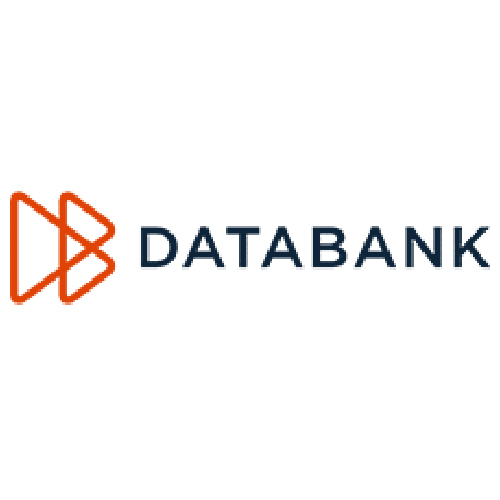Infrastructure as a Service (IaaS)
Equipment obsolescence becomes a thing of the past.
IaaS helps organizations mitigate the challenges and expenses associated with purchasing and managing their own physical servers, applications and data center infrastructure. Each resource is offered as an autonomous service component, and organizations only need to rent a particular one for as long as needed. The cloud computing services provider manages the infrastructure, while organizations purchase, install, configure, and manage their own software—operating systems, middleware, and applications. Equipment obsolescence becomes a thing of the past.
The benefits of an IaaS environment include servers and storage, networking firewalls and security, and data center (physical structure and network infrastructure).
Test and development
Web Applications
Website Hosting
Storage, Backup, and Recovery
Test and development
An increased level of efficiency is realized in the set-up and dismantling of test and development environments, and the deployment of new applications is far more efficient.
Web Applications
Infrastructure to support web applications including storage, web and application servers, and networking resources can be an IaaS value-add. Organizations can easily deploy web applications in an IaaS environment and scale the infrastructure as needed.
Storage, Backup, and Recovery
Storage can be expensive and storage management can be complex. Organizations require skilled resources to manage data and meet legal and compliance requirements. IaaS is ideal for unpredictable demand and varying storage needs, while simplifying the management of back-up and recovery systems.
Website Hosting
Leveraging IaaS to run websites can be more economical than traditional Web hosting.
























